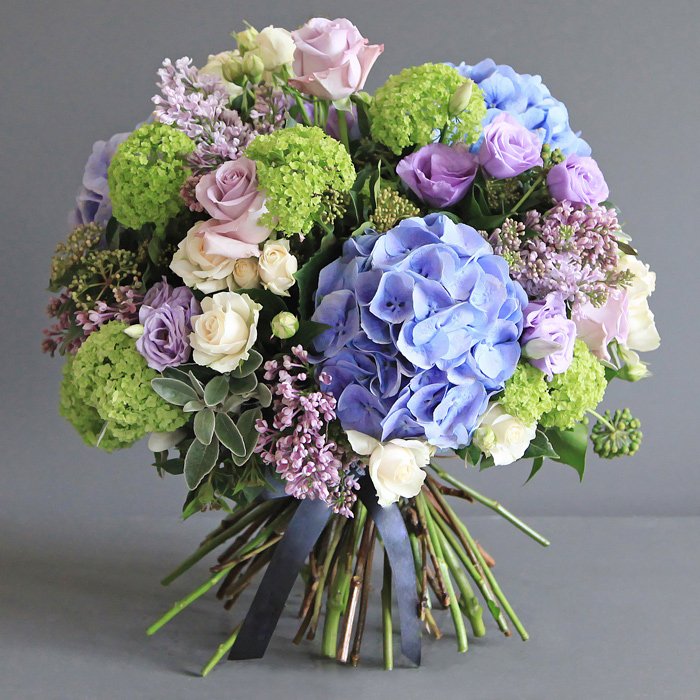Flower Biology 101: The Secrets Behind Long-Lasting Blooms
Flowers captivate us with their beauty and fragrance, but keeping them fresh can feel like a race against time. Understanding the biology of flowers is the key to extending their life and maximizing their beauty. In this guide, we’ll uncover the secrets of flower longevity, delving into their anatomy, environmental needs, and practical tips to ensure your blooms stay vibrant for as long as possible.
The Anatomy of a Flower
To appreciate why flowers wilt and how to prolong their life, it's essential to understand their structure:
Petals: The colorful, fragrant parts that attract pollinators.
Sepals: Leaf-like structures that protect the flower bud before it blooms.
Stamens and Pistils: The reproductive organs that produce pollen and seeds.
Stem: Provides support and transports water and nutrients.
Leaves: Though not always part of a cut flower, they play a role in photosynthesis.
When cut, flowers lose their connection to the plant's root system, which normally supplies water and nutrients. Their longevity then depends on external factors and proper care.
Factors Affecting Flower Longevity
Several factors influence how long flowers last after they are cut:
Water Uptake:
Flowers rely on their stems to draw water. Blockages caused by air bubbles, bacteria, or damaged stems reduce water flow, leading to wilting.Temperature:
High temperatures accelerate water loss and the breakdown of plant tissues, while cooler temperatures slow these processes.Ethylene Gas:
Many flowers release ethylene, a natural plant hormone that promotes aging. Ripening fruits nearby can increase ethylene levels and speed up wilting.Microbial Growth:
Bacteria and fungi in the water can clog stems and cause decay.Light and Airflow:
Direct sunlight and poor airflow can cause dehydration, while excessive humidity may promote mold growth.
Tips for Long-Lasting Blooms
Here are proven strategies to keep your flowers fresh:
1. Start with Fresh Flowers
Choose flowers with firm petals and healthy stems.
Look for buds just beginning to open for extended blooming time.
2. Prepare the Stems
Cut stems at a 45-degree angle with sharp, clean scissors to maximize water absorption.
Re-cut stems every 2-3 days to prevent blockages.
Remove any leaves that will be submerged in water to reduce bacterial growth.
3. Use Clean Water and Vases
Wash vases thoroughly to eliminate bacteria.
Fill vases with lukewarm water, which is easier for flowers to absorb.
Change the water daily or every other day.
4. Add Flower Food
Commercial flower food contains nutrients and antibacterial agents.
DIY options include adding a teaspoon of sugar, a drop of bleach, and a splash of lemon juice to the water.
5. Control the Environment
Keep flowers in a cool, shaded location away from direct sunlight, drafts, or heat sources.
Avoid placing them near ripening fruit or cigarette smoke, which release ethylene gas.
6. Hydrate and Mist
Mist petals gently with water to maintain humidity, especially for flowers like orchids.
For particularly thirsty blooms like hydrangeas, submerge the heads in water for a short time to rehydrate.
Flower-Specific Care Tips
Different flowers have unique needs. Here are some targeted tips:
Roses: Remove guard petals (outer petals) for a fuller bloom and re-cut stems underwater to prevent air bubbles.
Tulips: Keep them upright in shallow water, as their stems continue to grow after cutting.
Lilies: Remove pollen-covered anthers to prevent staining and prolong bloom time.
Orchids: Place them in cool water and mist daily.
Beyond the Vase: Preserving Memories
For those who want to preserve flowers long after their vase life, consider:
Drying: Air-dry blooms by hanging them upside down in a dark, ventilated space.
Pressing: Flatten flowers between heavy books for use in crafts or keepsakes.
Silica Gel: Use this desiccant to maintain the flowers’ shape and color.
Understanding flower biology is the first step to extending their life and beauty. With proper care and attention, you can enjoy the splendor of blooms far beyond their natural lifespan. Whether for a special occasion or simply to brighten your space, these techniques will help you make the most of nature’s ephemeral masterpieces.
So the next time you bring home a bouquet, you’ll know exactly how to keep it fresh and vibrant—turning fleeting beauty into a lasting joy.

